Step 1: Building the circuit
(from interaction lab website)
 My circuit:
My circuit:
- First I connected the positive and ground from the Arduino to the breadboard along with the power jack.
- I put the L293D chip (H-bridge) on the breadboard and connected the
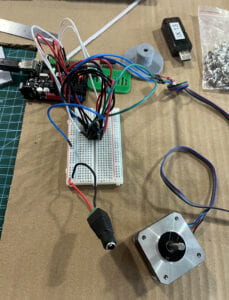 respective cables based on the interaction lab website instructions.
respective cables based on the interaction lab website instructions. - Then I connected those cables ontothe stepper motor.
- Finally I tested to see if the motor worked before I proceeded to build the “hardware” for the recitation.
When I tested the motor, nothing was working so I checked the cables, the power sources and the code and nothing seemed to be out of place. After asking a fellow and professor Gohai, we realized that the problem was the Arduino itself since it had been fried previously and we did not notice.
Step 2: Building the cardboard mechanism
- I printed out the template and glued it to cardboard.
- Cut the pieces from the template.
- Glued the template together based on the template (with the paper side on the inside).
- Attached the rotating link to the shaft adaptor using the rivets and then attached the other end of the rotating link to the linear arm.
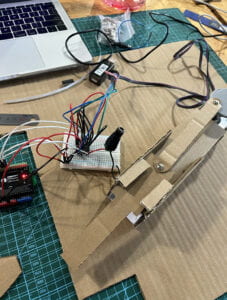
Step 3: Personalization!
Since I did this recitation alone (due to being quarantined during the actual recitation), alone I decided to add a boxing glove to the end as if the machine where punching someone. This is currently relevant to my life since one of my friends is teaching me boxing so I thought it would be fun to make it boxing related.
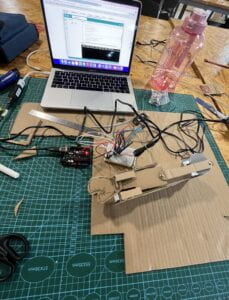
*Click to see the machine in action*
Waves
The installation that my attention was the most drawn too in ART + Science NOW by Stephen Wilson was Waves made by Daniel Palacios Jimenez in 2006. The installation is a rope attached to two motors to create complex sound and wave oscillations. When the installation is photographed because of the darkness of the room and the velocity of the rope, it creates blurry shapes. Before the rope is approached by viewers it does not move but then when approached the rope spins to create sin waves, chaotic patters, and sounds of motion. I think that Daniel Palacios chose these actuators for this installation since they can rotate a full 360 degrees at high enough velocities for the rope to spin fast enough to create the waves. Perhaps if he were to use servo motors they would be too slow to create such an effect.
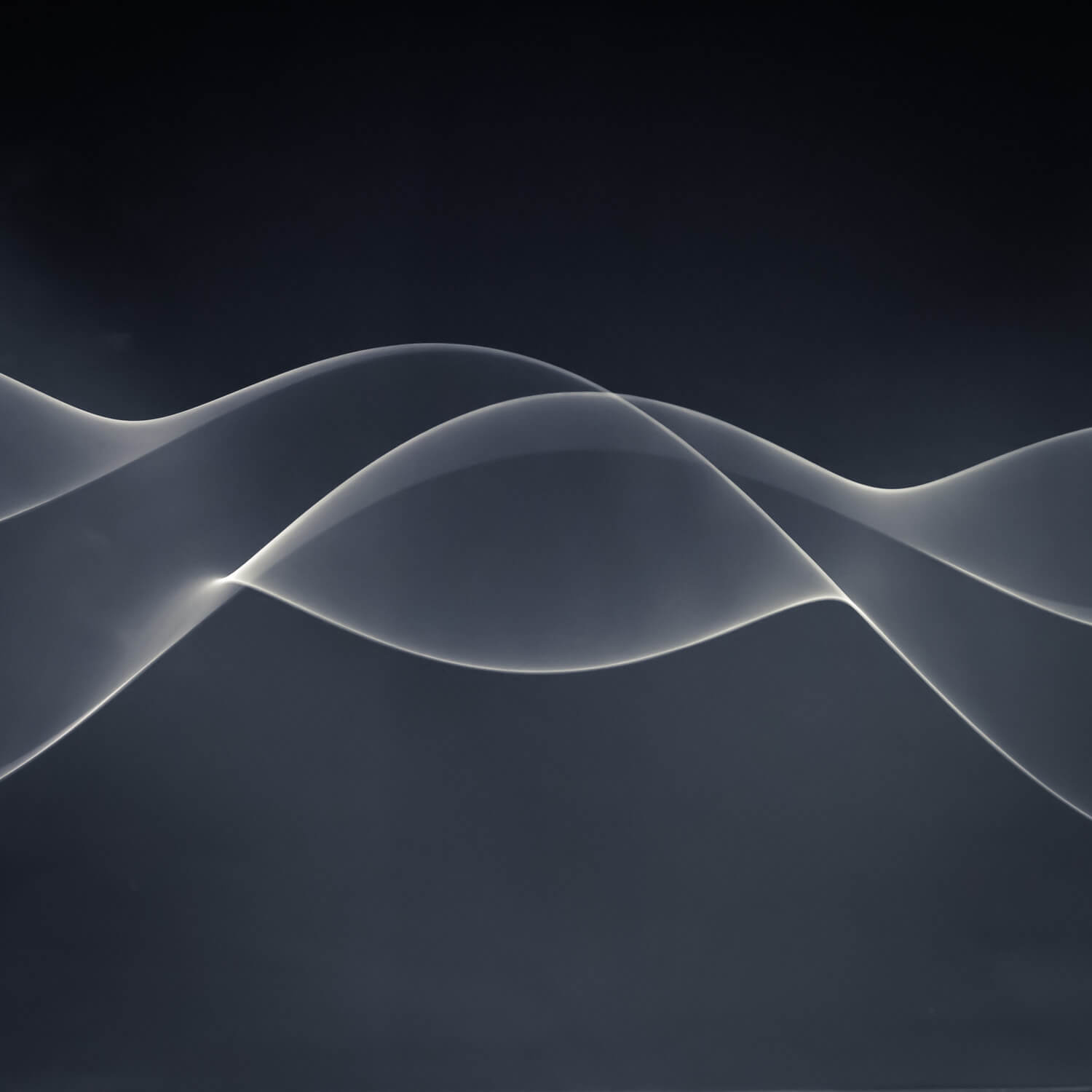
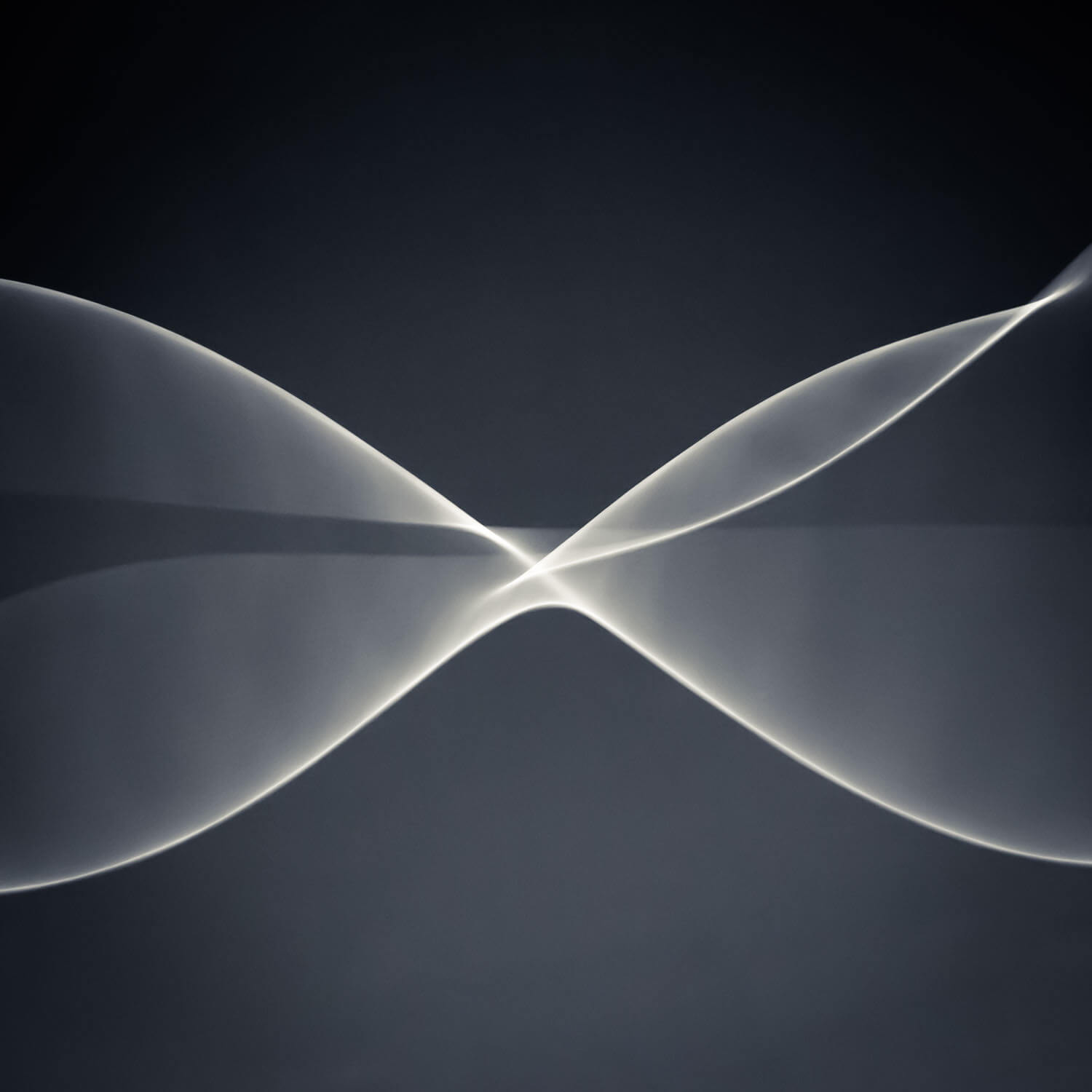
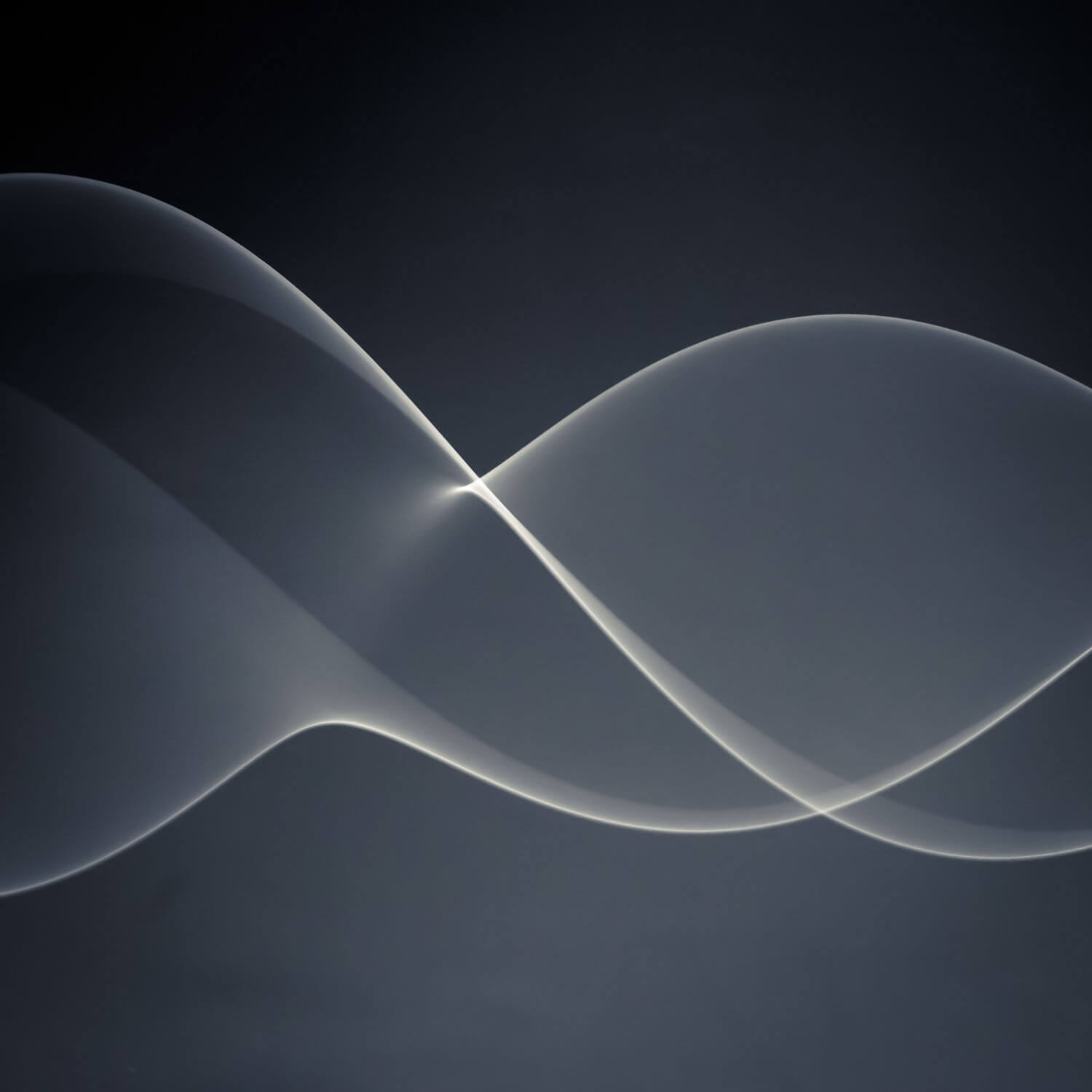
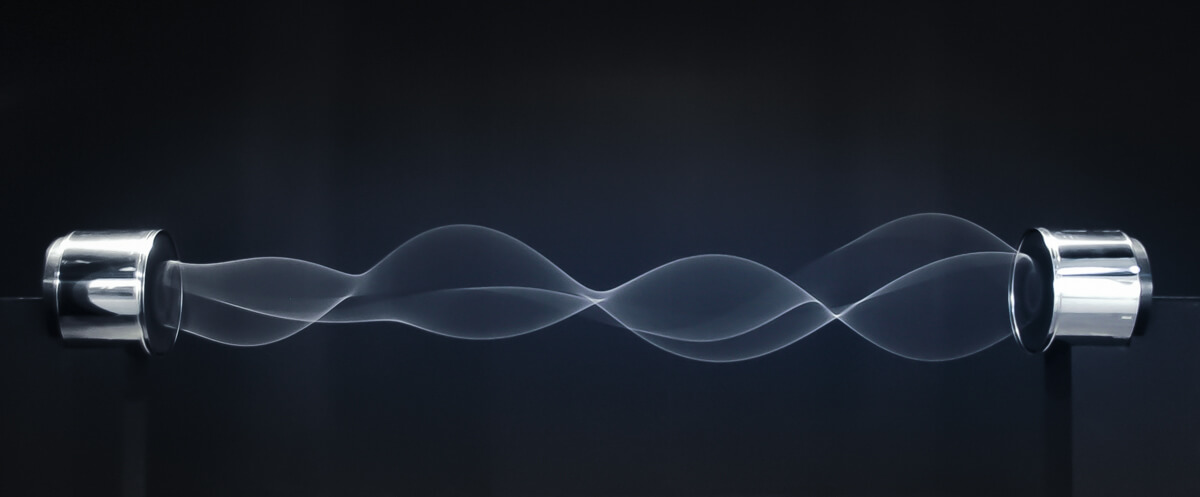
https://www.danielpalacios.studio/portfolio/waves/
Midterm: Brainstorm/General Ideas
For my midterm, I would like to use some kind of motor to create an art piece that moves fabric textiles when there is motion. Perhaps when you approach the tiles, the tiles spin fluidly like a wave. This would be different than using an animated screen since it would physically be moving in space rather than on a computational space. My idea would be defined as a type of kinetic art built from arrays where each tile moves dependently of the others and the viewers movements. This website illustrates some ideas of something I would like to do with small motors behind the tiles.

Weave Mirror, 2007. 768 laminated C-ring prints, motors, control electronics, custom software, microcontroller. 57 x 76 x 8” / 148 x 193 x 20 cm. Photo courtesy bitforms gallery.

Angles Mirror, 2013. 465 plastic spokes, motors, video camera, control electronics, custom software, microcontroller, steel armature. 7.7 x 7 x 3 ft / 2.35 x 2.13 x .93 m. Photo courtesy bitforms gallery.
Trash Mirror No. 3, 2001-2011. 500 discarded objects, motors, video camera, wood, control electronics, custom software. 76 x 76 x 6″ / 193 x 193 x 15.2 cm. Photo courtesy bitforms gallery nyc and ITP – NYU.
Works Cited:
Jobson, Christopher. “Interactive Mirrors Built from Arrays of Moving Objects by Daniel Rozin.” Colossal, 19 Oct. 2017, https://www.thisiscolossal.com/2014/02/interactive-mirrors-built-from-arrays-of-moving-objects-by-daniel-rozin/.
“Waves.” DanielPalacios Studio, 27 June 2020, https://www.danielpalacios.studio/portfolio/waves/.

Leave a Reply